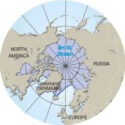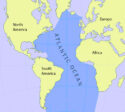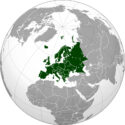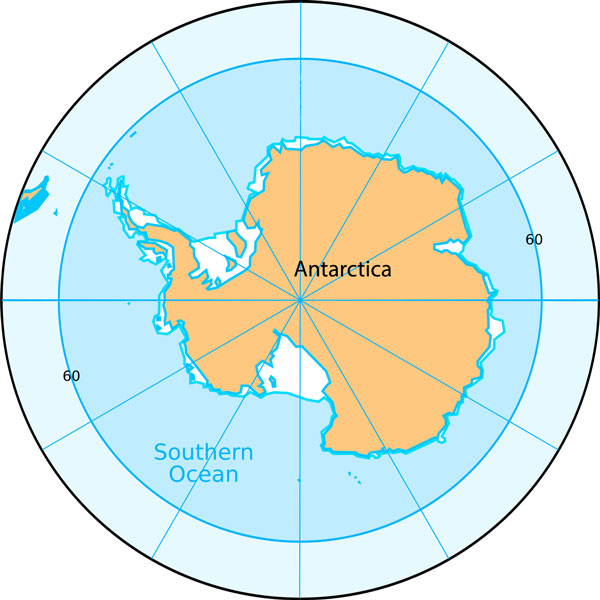 The Southern Ocean is the 4th largest Ocean among the five major oceans. It is also known as the Antarctic Ocean because it completely encloses the Antarctica continent. The Southern Ocean covers around 6% area of the Earth. The Southern Ocean was recognized recently in 2000 as a separate ocean. Earlier, its regions were considered the parts of the Pacific, Atlantic, and Indian Oceans.
The Southern Ocean is the 4th largest Ocean among the five major oceans. It is also known as the Antarctic Ocean because it completely encloses the Antarctica continent. The Southern Ocean covers around 6% area of the Earth. The Southern Ocean was recognized recently in 2000 as a separate ocean. Earlier, its regions were considered the parts of the Pacific, Atlantic, and Indian Oceans.
Characteristics
Water Circulation
The Southern Ocean has a unique and most powerful oceanic current, called Antarctic Circumpolar Current. It circulates clockwise and constitutes the world’s longest ocean current having a length of 21,000 kilometers. This circular motion of the current keeps the warm water of surrounding oceans away and helps the Antarctica continent maintain its low temperature.
Temperature
The temperature of the Southern Ocean varies according to the season from -2 °C to 10 °C. In winter, the ocean’s surface gets frozen near the Antarctica Continents.
Salinity
The salinity level of the Southern Ocean changes as you go away from Antarctica land. It has been found that salinity near the Antarctica land is decreasing due to the increased melting of Glaciers over the past few decades.
Natural Resources In The Southern Ocean
The Southern Ocean is believed to have large deposits of oil and natural gas near the continental land. Also, the large deposits of gold are expected to be found beneath the floor of the ocean. The possible reason for the deposition of gold in the ocean was Gravity separation in sedimentary processes.
Who Lives There?
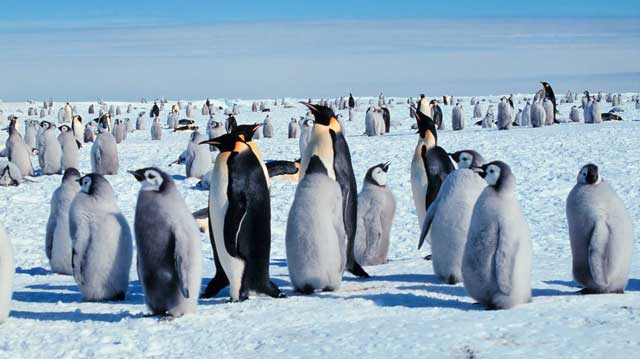 The Southern Ocean contains many smaller and large icebergs throughout the year. A large variety of living things including Animals, Birds, and fishes dwell on the Antarctica mainland, surrounding icebergs, and underwater. Some of the living creatures are phytoplankton, whales, penguins, seals, orcas, albatross birds, and cod icefish.
The Southern Ocean contains many smaller and large icebergs throughout the year. A large variety of living things including Animals, Birds, and fishes dwell on the Antarctica mainland, surrounding icebergs, and underwater. Some of the living creatures are phytoplankton, whales, penguins, seals, orcas, albatross birds, and cod icefish.
Effects Of Climate Change
The Southern Ocean is the region on Earth that receives the rapid impact of global climate change. A slight change in the temperature causes a huge perturbation in the environment. This includes rapid changes in the weather, increased oceanic temperature, and melting of glaciers and icebergs. These climate change effects impact almost all living species in that region.
Interesting Facts
- The largest invertebrate, known as the colossal squid, lives in the Southern Ocean. They can grow to a length of 14 meters. Also, the colossal squids have the largest eyes of any creature which can grow to 27 centimeters in diameter.
- The deepest place in the South Ocean, known as the South Sandwich Trench, is about 7.2 kilometers deep. However, the average depth of the southern ocean is 3.2 kilometers.
- Antarctica and the Southern Ocean together constitute around 90% of our Earth’s ice.


